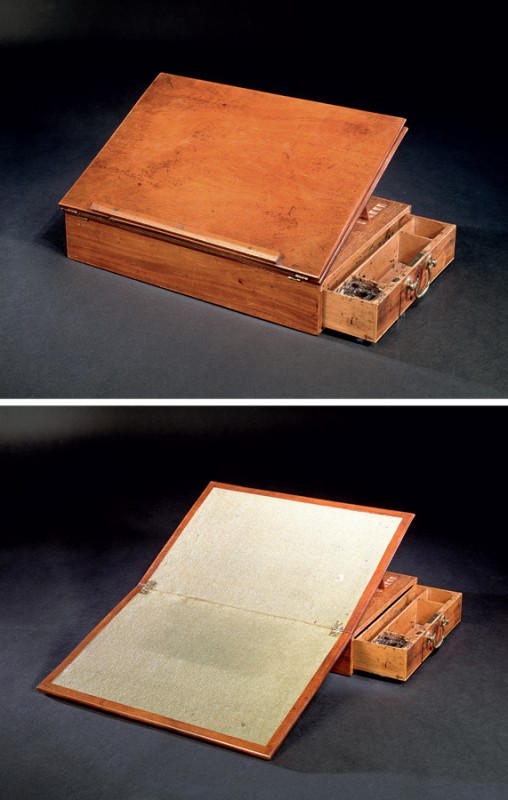
Writing box, shop of Benjamin Randolph, Philadelphia, Pennsylvania, 1775. Mahogany. H. 3 1/2" (closed), W. 14 3/8", D. 9 3/4". (Courtesy, Smithsonian Institution, National Museum of History.) The provenance is Thomas Jefferson; by gift to Joseph Coolidge Jr.; by descent to J. Randolph Coolidge, Algernon Coolidge, Thomas Jefferson Coolidge, and Ellen Coolidge Dwight; by gift to the United States and transmitted by President Rutherford B. Hayes to Congress in 1880.
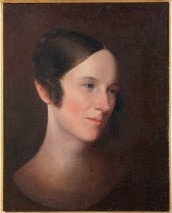
Francis Alexander, Ellen Wayles Randolph Coolidge, Boston, Massachusetts, 1836. Oil on canvas. 17" x 13 3/4". (Courtesy, Thomas Jefferson Foundation at Monticello.)
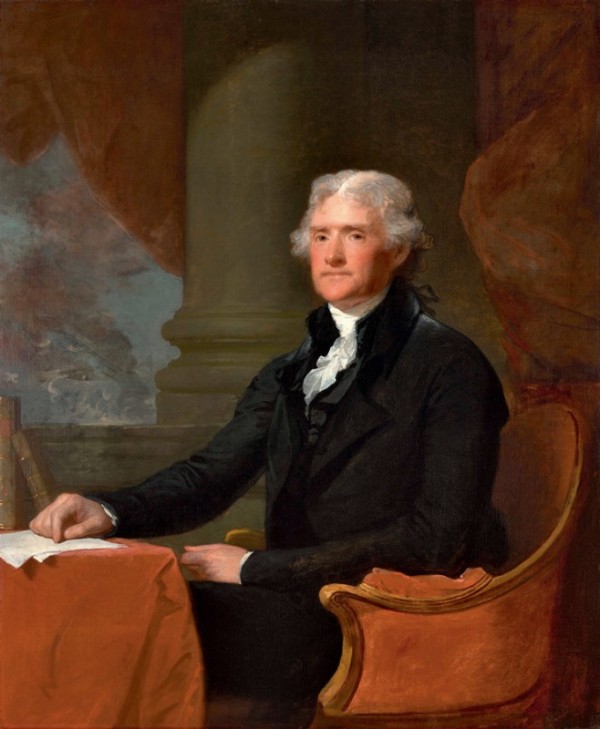
Gilbert Stuart, Thomas Jefferson, Boston, Massachusetts, ca. 1805. Oil on canvas. 48 1/2" x 39 7/8". (Courtesy, Bowdoin College Museum of Art.)

Charles Willson Peale, Benjamin Randolph, Philadelphia, Pennsylvania, 1775–1780. Watercolor on ivory. 1 1/4" x 1". (Courtesy, Philadelphia Museum of Art; gift of Mr. and Mrs. Timothy Westbrook.) This miniature descended in the family of donor Timothy Westbrook through Francesca Gualdo Ford (1767–1852), who at age five became a ward of Benjamin Randolph after both of her parents died in Philadelphia. She subsequently married the Hon. Gabriel H. Ford of Morristown, N.J., at Randolph’s house in Burlington on June 25, 1790. According to Westbrook, Randolph gave her the miniature at that time. He inherited the portrait in 1948 from his grandmother, Frances Gualdo Greeley Strong. The miniature is mounted in a locket that may have been made by Philadelphia goldsmith and silversmith William Ball (1729–1810). On August 1, 1775, Randolph charged him £12.12, and five days later Ball settled part of his debt with a gold locket valued at £.1.7. (Randolph Ledger, p. 226, New York Public Library.)

John Trumbull, The Declaration of Independence, July 4, 1776, Philadelphia, Pennsylvania, 1786–1820. Oil on canvas. 20 7/8" x 31". (Courtesy, Yale University Art Gallery). While staying with Jefferson in Paris in 1786, Trumbull wrote, “I began the composition of the Declaration of Independence, with the assistance of [Jefferson’s] information and advice” (“The Declaration of Independence, by John Turnbull,” AmericanRevolution.org, https://www.americanrevolution.org/ decsm.php#anchor974003).

Writing stand, Philadelphia, Pennsylvania, ca. 1765. Mahogany. H. 63 1/2", W. 30 1/2", D. 30 1/2". (Courtesy, Library Company of Philadelphia.)

Entry for Thomas Jefferson in the ledger of Benjamin Randolph, Philadelphia, Pennsylvania, 1775. (Courtesy, New York Public Library.)
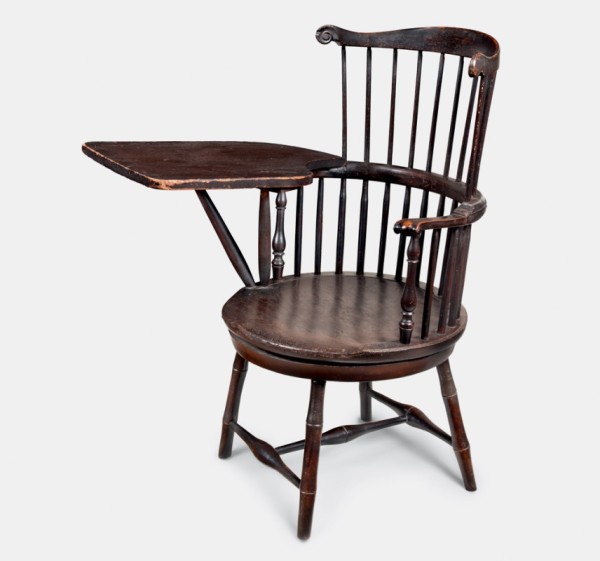
Windsor armchair (modified), Philadelphia, Pennsylvania, 1785–1795. Maple, tulip poplar, and unidentified ring-porous hardwood. H. 43 1/2", W. 30", D. 33 1/2". (Courtesy, American Philosophical Society; photo, Gavin Ashworth.)
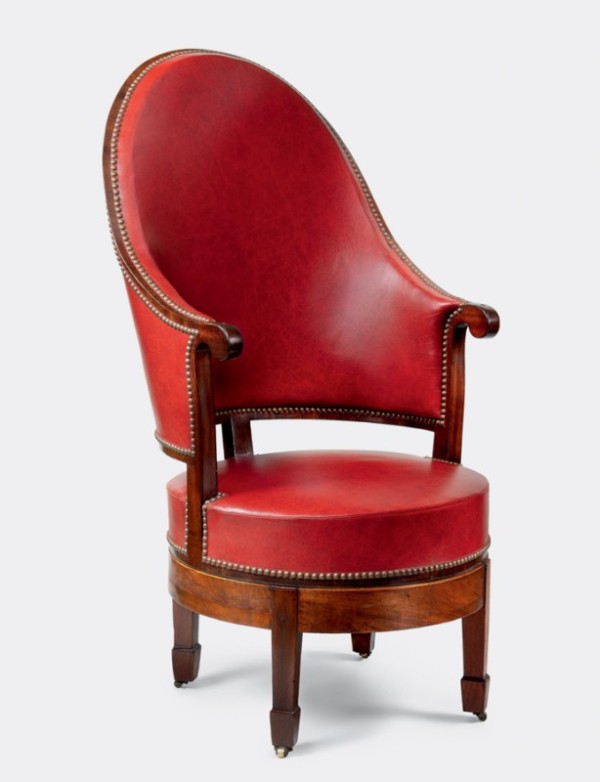
Revolving armchair from the shop of Thomas Burling, New York, New York, 1790. H. 48 1/2", W. 25 1/4", D. 24". (Courtesy, Thomas Jefferson Foundation at Monticello; photo, Gavin Ashworth.)
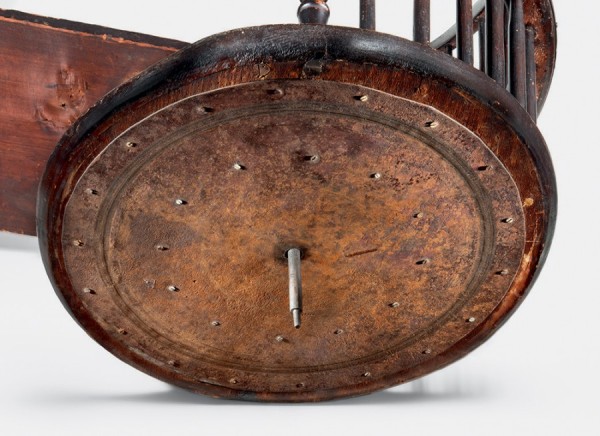
Detail showing the bottom of the upper section of the seat of the armchair illustrated in fig. 8. (Photo, Gavin Ashworth.)
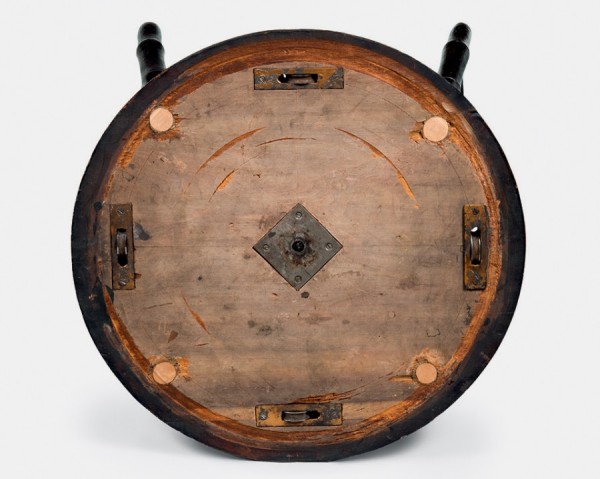
Detail showing the top of the lower section of the seat of the armchair illustrated in fig. 8. (Photo, Gavin Ashworth.)
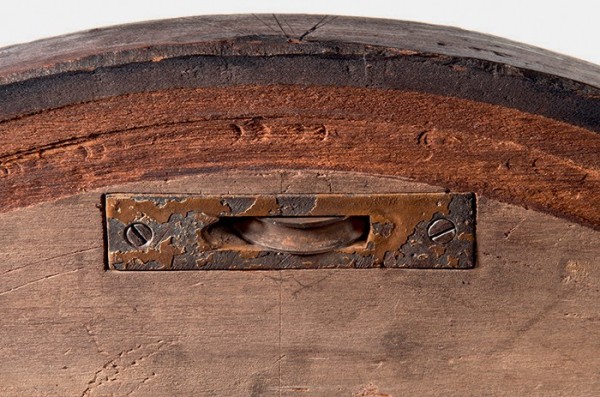
Detail showing one of the pulleys let into the top of the lower section of the seat of the armchair illustrated in fig. 8. The presence of white and brown paint suggests that these may be reused window pulleys. (Photo, Gavin Ashworth.)
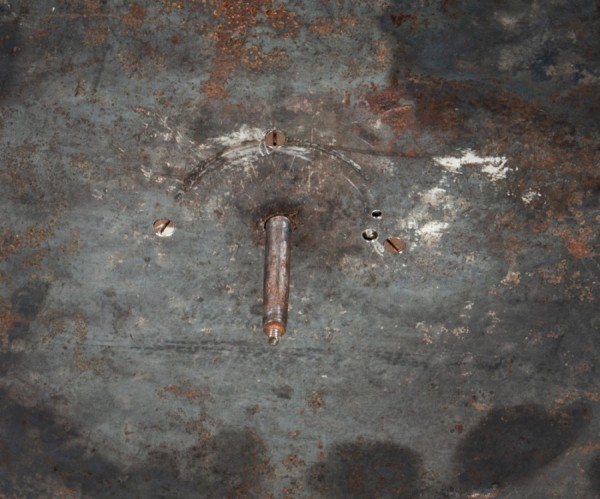
Detail showing the metal pin and sleeve that register the seat sections of the armchair illustrated in fig. 8. (Photo, Gavin Ashworth.)

Photograph of Jefferson’s rotating Windsor armchair, in the American Philosophical Society, Philadelphia Evening Bulletin, April 6, 1926.
